
Xian HeGuangdong Xianhe Technology Group Co., Ltd
-
Hot search:SEMI package cleaning machine

Xian HeGuangdong Xianhe Technology Group Co., Ltd
Nowadays, more and more mobile phones, notebooks, tablets and other devices are equipped with Type-C interfaces. Why is this interface so popular in the market? What are its benefits? Today, Xianhe will talk to you about the Type-C interface.
The concept of the Type-C interface is explained in Baidu Encyclopedia as follows: Type-C is the latest USB interface appearance standard, and its volume is much smaller than Tpe-A and Type-B. This interface has no difference in the positive and negative directions and can be plugged in and out at will. In addition, Type-C is an interface type that can be applied to both PCs (master devices) and external devices (slave devices, such as mobile phones), which is epoch-making.
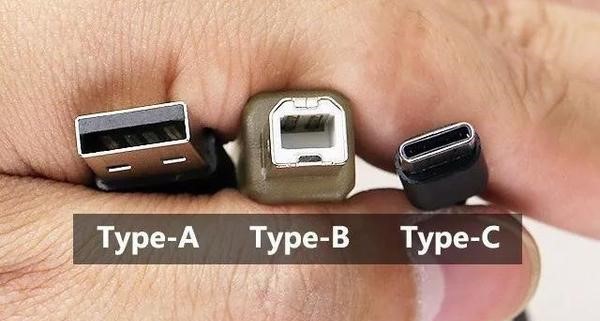
From the appearance of the interface, the biggest feature of Type-C is that it does not distinguish between front and back. Players who are familiar with DIY hardware know that whether it is the CPU, memory stick, graphics card, or hard disk interface, they all have an "anti-stuck" design to prevent the interface from being inserted backwards and causing the computer to fail to boot.
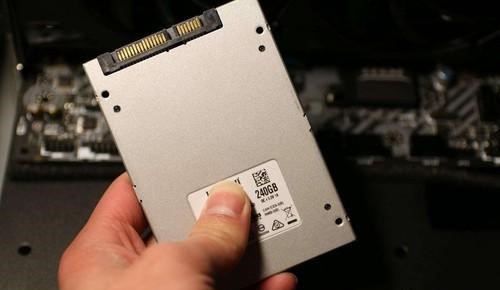
The USB-A type interface that we use most in daily life also has a fool-proof design, but due to the small size of the interface, it is often difficult to use force to achieve miracles. The USB Type-C interface solves this problem from the source. Because the 24 pins of this interface are distributed symmetrically in terms of contact function. This allows the device to successfully identify and implement full functional operations when plugging in the right or wrong direction.
![]()
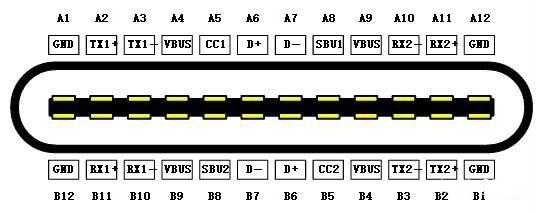
In addition to being more convenient when plugging and unplugging, the more important thing about the USB Type-C interface is that it has extremely strong compatibility.
The most common use of connecting different devices is naturally data exchange. The latest USB transmission protocol standard is USB 3.1 Gen2, and its theoretical bandwidth can reach a transfer rate of up to 10Gb/s. As the latest USB interface appearance standard, the USB Type-C interface naturally supports the USB 3.1 Gen2 standard, and can reach a read and write speed of 1GB per second when transferring files.
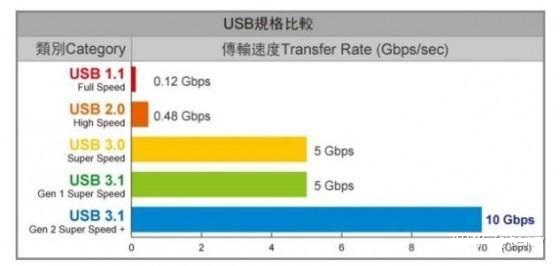
In addition to data transmission, this interface also has the ability to transmit power. The USB Type-C interface has USB PD (USB Power Delivery power transmission protocol), which supports a maximum power output of 20V/5A, that is, 100W charging power.
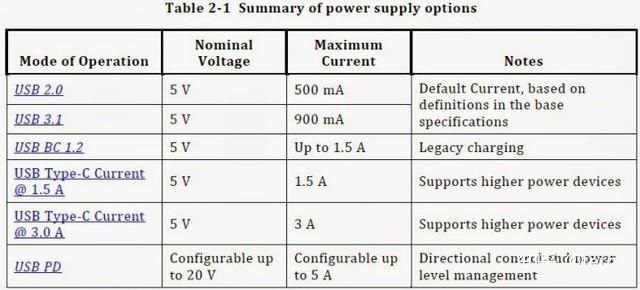
In addition to supporting the PD fast charging protocol, this interface also supports the DP Altmode video output protocol. This is achieved by adding an additional Display Port video bus to the original USB bus in the Type-C interface. In other words, the video output function of the Type-C interface is USB+DP. Whether it supports the DP1.2 or 1.4 interface protocol, its bandwidth supports 4K@60Hz high-specification video playback.
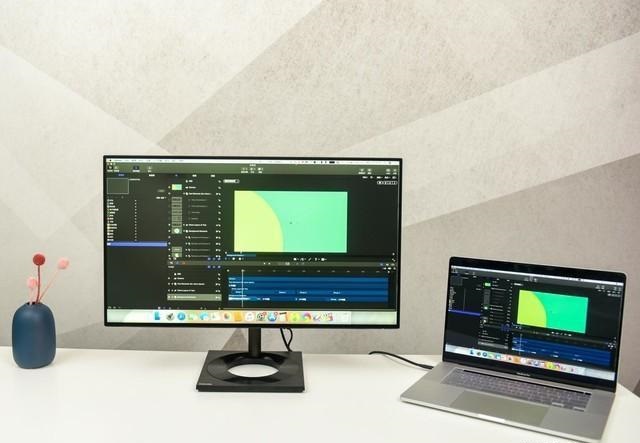
When the laptop is connected to an external display device, there is no need to use an additional power cord to power the laptop using the Type-C interface. The keyboard and mouse can also control the laptop through the USB-A interface on the monitor, which is the function of USB HUB expansion.

This not only solves the problem of messy desktop cables, but also makes it more convenient to move devices. When you get off work or have a meeting, you can just unplug a Type-C cable and go, which greatly improves efficiency. This is a function that traditional HDMI and DP interfaces cannot achieve.

Don't forget that mobile phones also have Type-C interfaces. Do you still need to hold a laptop to discuss a plan in a meeting? You only need a monitor that supports the Type-C interface and a mobile phone to complete the meeting communication. One cable = N cables, enjoy lightweight office. Simple, convenient, and worry-free.
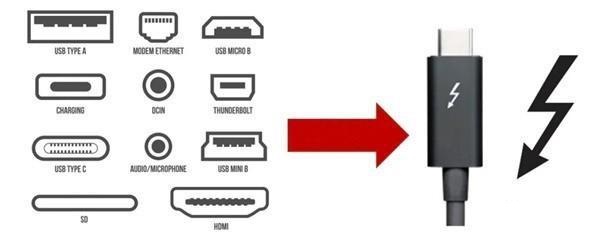
Therefore, in addition to being easy to plug and unplug, the USB Type-C interface is also highly compatible with devices. It can not only achieve high-specification data transmission and power supply, but also has the current top level in terms of video signal transmission specifications.


SweepWechat

SweepPersonal wechat